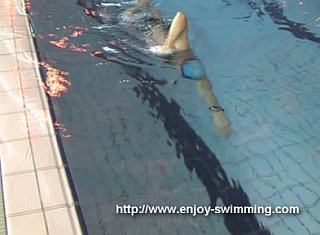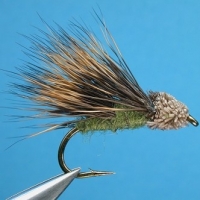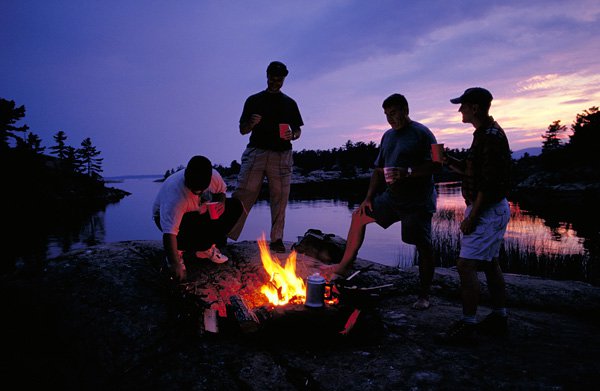Ball Position For Different Clubs
Ball position is a critical component that's often overlooked by players with high golf handicaps. Ball position decides a shot's initial direction. While theories on ball position abound, you need to find one that's right for you.
Ball position affects a clubhead's swing path, as I explain in my golf lessons. If the ball is too far back, the clubhead moves on an in-to-out swing path at impact, sending the ball to the target's right. If the ball is too far forward, the clubhead moves on an out-to-in swing path at impact, sending the ball to the target's left.
Correctly positioning the ball increases the clubhead's chances of meeting the ball at the correct angle of attack and on the right target path. It also helps eliminate a fade or hook, along with other swing adjustments.
Most teaching pros subscribe to the standard ball position theory as do most players and most professional golfers. This theory advocates changing the ball's position depending on the club used. If you've taken golf lessons or read my golf tips, you're probably familiar with this theory.
For example, the ideal ball position for the driver is just inside the heel of your front foot. Placing the ball there ensures that the clubhead makes impact just beyond the swing's lowest point, with an upward, sweeping motion of the clubthe perfect swing for the being used.
The ideal position for long irons, on the other hand, is slightly back from the driver's position. The ideal position for mid-irons is one or two balls back from this position. And the ideal position for short irons is in the middle of your stance.
These positions place the ball at the lowest point in your swing, given the length of the club used and the type of swing taken. In addition, placing the ball at these positions enable the golfer to make clean contact with a crisp descending blowthe key to hitting iron shots well.
Much golf instruction is built around the standard theory. But not every teaching pro advocates it. David Leadbetter, who's taught numerous pro golfers, like Nick Price, and written several books, offers another approach. It's one he stresses in his golf instruction books. Like the standard theory, it makes sense.
Leadbetter suggests that players with lower golf handicaps position the ball (1) just inside the left heel for woods and (2) two balls back for irons. For players with high golf handicaps, he suggests positioning the ball (1) in the middle of their stances for irons and (2) a ball or two forward from that position for woods.
His reasoning is logical. Players with low golf handicaps use their lower bodies more aggressively than players with high handicaps. Players with low golf handicaps are capable of taking advantage of a forward ball position. Players with high handicaps are not.
Golf legend Jack Nicklaus also offers a ball position theory, which he explains in his golf instruction books. It, too, make sense.
Nicklaus advocates a constant ball position, regardless of the club used. He believes that the ball opposite the left heel is the only spot where the club ever travels parallel to the target line. Any other position towards the back foot means the ball is struck too early in the downswing.
Instead of re-positioning the ball, Nicholas favors changing your stance, depending on the club. Open your stance for the shorter irons, and pull the right foot back, to make the stance wider and squarer, as the club's shaft length increases. Winner of 18 majors, Nicholas has a theory that seems to work for him at least.
Another consideration with ball position is tee height. I tell players taking my golf lessons that the ball's equator should be even with the top of the driver when the ball is on the tee. Placing the ball higher enables the player to hit the ball on the upward arc of his/her swing. Players with oversize clubheads, then, need longer tees to reach the right height.
A third consideration with ball position is weather. If it's windy, tee the ball higher if you're hitting with the wind to generate loft. The added loft enables the wind can carry the ball farther. Tee the ball lower if you're hitting against the wind to produce a low shot, like a line drive in baseball. This type of shot cuts through the wind and rolls farther than a shot with loft.
Regardless of which theory it is, find one that's right for you, just like Jack Nicklaus did. Test each theory out while on the practice range and under game conditions. Work on it until you find the ball position that's right for you. Then, use it every time you play.
Dealing With Down Slopes
Building A Repeatable Swing Like Tiger Woods


